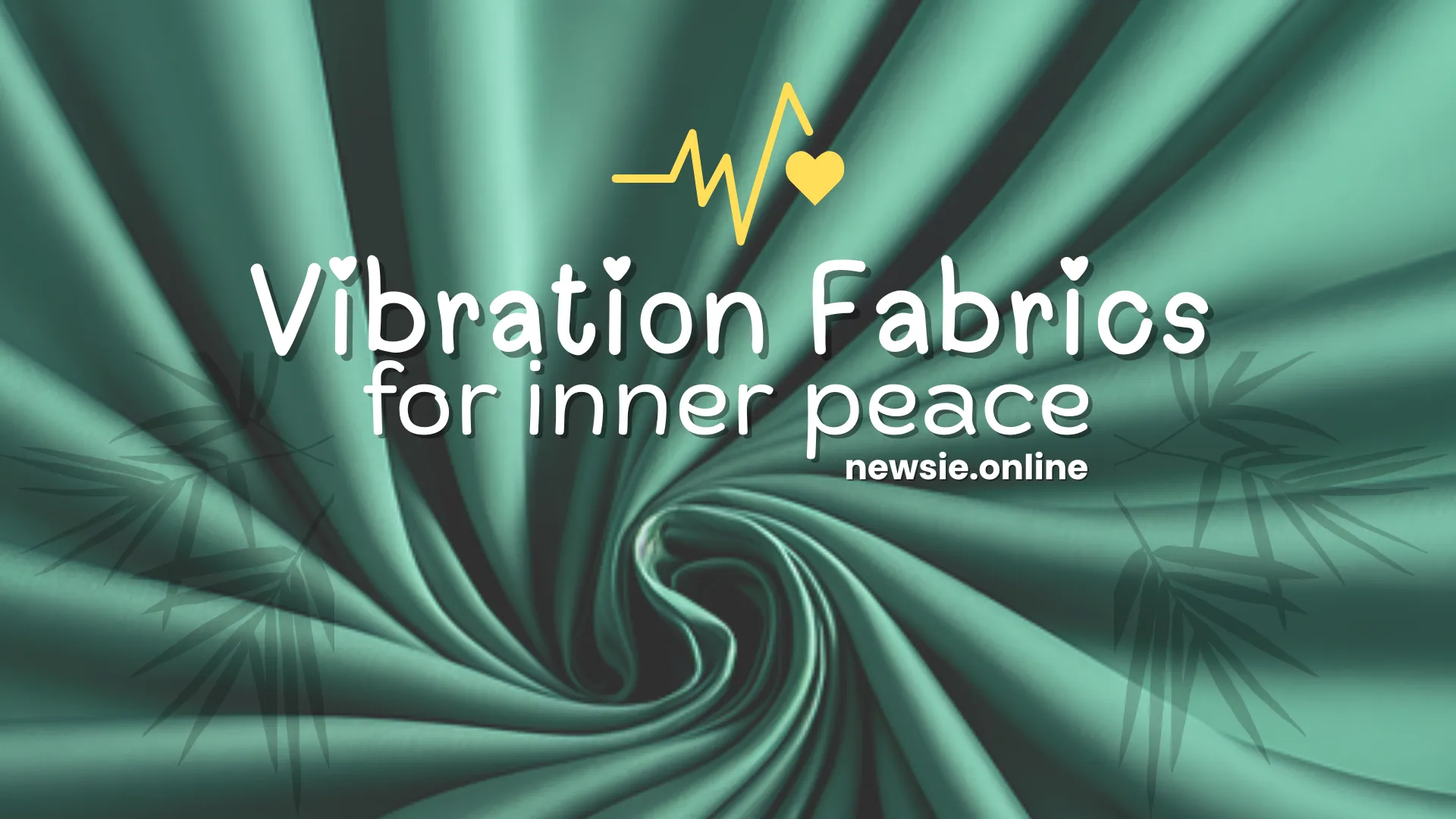Did you know your clothing could affect your energy field? The vibrational frequency of fabrics isn’t just a modern wellness concept — it’s rooted in centuries of spiritual practice. From Sufi mystics wearing undyed wool to Buddhist monks in saffron linen, the choice of fabric and color has always held deep energetic and psychological meaning.
In this article, we explore 10 religious or mystical traditions that used natural, high-vibe fabrics for both symbolism and spiritual relaxation — and how modern science is catching up.
1. Sufism: The Coarse Wool of Humility
Wool, rich in spiritual resonance, was worn by early Sufis to remind them of the harshness of ego detachment. The grey tone symbolized spiritual neutrality and balance, calming the heart and humbling the soul.
Fabric Vibration: 5,000 Hz
Spiritual Benefit: Inner stillness, detachment, meditative focus
Symbolism: Simplicity, humility, renunciation.
Relaxation Factor: The coarse texture of wool reminded Sufis to detach from worldly comfort, promoting internal stillness.
“The real guide is the one who makes you see your inner beauty, not the one who wants to be admired and followed.” – Shams Tabrizi
a Sufi mystic, mentor of Mevlana Rumi
2. Theravāda Buddhism: Saffron Simplicity
Buddhist monks adopted saffron robes in breathable linen or cotton fabrics. Saffron represented purity, while linen’s high frequency promoted physical comfort and spiritual clarity during long hours of meditation.
Fabric Vibration: 5,000 Hz
Spiritual Benefit: Lightness, peace, alignment with nature
- Symbolism: Detachment, purity, and enlightenment.
- Relaxation Factor: The uniformity of color reduces ego and soothes the mind; saffron’s warmth invokes peace.

3. Christian Monasticism: Earth-Toned Wool and Linen Habits
Franciscans and Benedictines embraced brown or black wool and linen fabrics for humility and silence. These colors and textures soothed the senses, creating environments ideal for contemplative prayer.
Fabric Vibration: Wool (5,000 Hz), Linen (5,000 Hz)
Spiritual Benefit: Grounding, humility, mental discipline
- Symbolism: Mourning, penitence, humility.
- Relaxation Factor: Earth tones connect to grounding energies, fostering spiritual calm.
4. Taoism: White Linen for Stillness and Flow
Taoist sages wore flowing white linen fabrics to echo the Dao’s principles — emptiness, stillness, and surrender. Linen allowed air to circulate freely, supporting breath-based practices like Qigong.
Fabric Vibration: 5,000 Hz
Spiritual Benefit: Breath alignment, physical relaxation
- Symbolism: Emptiness, stillness, harmony with the Dao.
- Relaxation Factor: The flowing linen fosters physical ease and mental clarity in qigong and meditation.

When the heart is at peace, the body is healthy.
– Native American Proverb
5. Zoroastrianism: Purity in White Linen
Zoroastrian priests dressed in pure white linen fabrics as a reflection of spiritual cleanliness and divine light. White has a calming visual frequency, enhancing peaceful focus during rituals.
Fabric Vibration: 5,000 Hz
Spiritual Benefit: Clarity, reverence, divine connection
- Symbolism: Purity, truth, light.
- Relaxation Factor: Clean, white garments cool the body and enhance calm during sacred fire rituals.
6. Hindu Ascetics: Ochre Robes in Cotton or Hemp
Hindu sannyasis donned ochre-colored robes made of hemp or cotton, embracing the vibrations of fire and discipline. These breathable fabrics enhanced comfort during tapas (austerity) practices.
Fabric Vibration: Hemp (2,000–5,000 Hz), Cotton (100 Hz)
Spiritual Benefit: Detoxification, focus, detachment
- Symbolism: Fire, purification, renunciation.
- Relaxation Factor: Associated with tapas (austerity), this color vibrationally supports detachment and tranquility.

7. Native American Shamans: Sacred Hemp and Ramie Weaves
Tribes used handwoven hemp, nettle, and ramie textiles dyed with plant-based colors. The fabric’s high frequency was thought to enhance vision quests and ceremonies.
Fabric Vibration: Hemp (2,000–5,000 Hz), Ramie (2,000–3,000 Hz)
Spiritual Benefit: Energetic amplification, earth communion
- Symbolism: Earth, spirit animals, elemental forces.
- Relaxation Factor: Connection to earth frequencies through fiber and color used in ceremonies.

8. Jain Monks: Non-Attachment in Organic Cotton
Śvētāmbara Jains wore white organic cotton as a symbol of non-violence and detachment. Although lower in vibrational frequency, the simplicity promoted meditative self-purification.
Fabric Vibration: Organic Cotton (100 Hz)
Spiritual Benefit: Detachment, discipline, clarity
- Symbolism: Non-attachment, innocence.
- Relaxation Factor: Soft cotton and minimalism reduce sensory stimulation, enhancing focus on the soul.
9. Ancient Egyptians: Temple Linen for Resurrection
Linen garments played a central role in Egyptian priesthood and burial rites. Their vibrational frequency was seen as a bridge between the physical and spiritual worlds.
Fabric Vibration: 5,000 Hz
Spiritual Benefit: Renewal, light body connection, soul elevation
- Symbolism: Light, cleanliness, spiritual rebirth.
- Relaxation Factor: Cool, airy linen complemented meditative temple rituals and sacred geometry.
10. Buddhist Lotus Silk: The Flower of Stillness
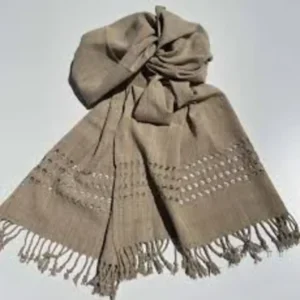
Lotus silk, used in some Southeast Asian monasteries, was believed to carry the lotus’s serenity. Though rare, this fabric vibrated between 100–500 Hz and was used for sacred rituals.
Fabric Vibration: 100–500 Hz
Spiritual Benefit: Quietude, transformation, subtle energy refinement
Toxic Fabrics and Energy Blockages
In contrast, synthetic fabrics like polyester, nylon, and acrylic measure 0 Hz in vibrational frequency. These low-vibe materials may disrupt the body’s electromagnetic field, which is why spiritual traditions avoided them — even before science confirmed it.
Clothing aligns the body
The vibrational frequency of fabrics used for clothing is not just about comfort — it’s about aligning body, mind, and spirit. The ancients knew it. Modern seekers are rediscovering it. Whether you’re meditating, healing, or simply dressing for the day, choosing high-vibe, natural clothing materials can transform your energetic state.
What is the vibrational frequency of bamboo fabric?
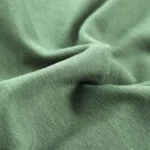
Bamboo fabric, when processed naturally (mechanically, not chemically), can have a vibrational frequency ranging from 100 to 500 Hz. It’s soft, breathable, and often used in sustainable clothing, making it a soothing choice for sensitive energy types.
Does silk have a high vibrational frequency?
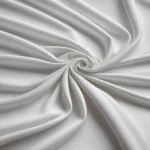
Yes. Natural mulberry silk is believed to have a vibrational frequency of 1,000–2,000 Hz. It’s traditionally worn in Chinese and Ayurvedic healing practices to soothe the nervous system and promote spiritual protection.
Is viscose (rayon) a high-vibration fabric?

No. Although viscose originates from plant cellulose, its chemical-heavy manufacturing process reduces its frequency significantly — often to near zero Hz — placing it in the low-vibe, synthetic category.
What about leather or animal hides — do they carry vibration?
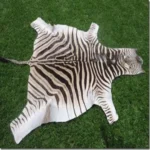
Leather can retain residual vibrational memory from the animal but generally vibrates very low or not at all, especially after chemical tanning. Most spiritual traditions avoid leather for energetic reasons, especially during meditation.
Are dyed fabrics lower in vibration?

Yes, if synthetic chemical dyes are used. Even natural fabrics like cotton or linen can lose their high frequency when dyed with toxic substances. Opt for plant-based dyes to preserve energetic purity.
Is alpaca wool high vibrational like sheep’s wool?

Yes. Alpaca wool is also believed to vibrate at a high frequency, similar to sheep’s wool (around 4,000–5,000 Hz), and is especially prized for its softness and hypoallergenic qualities.
Why does polyester have a vibrational frequency of zero?

Polyester is a petrochemical-derived synthetic with no organic life force. This results in a zero Hz frequency, meaning it does not resonate naturally with the human energy field and may cause static or energetic blockages.

